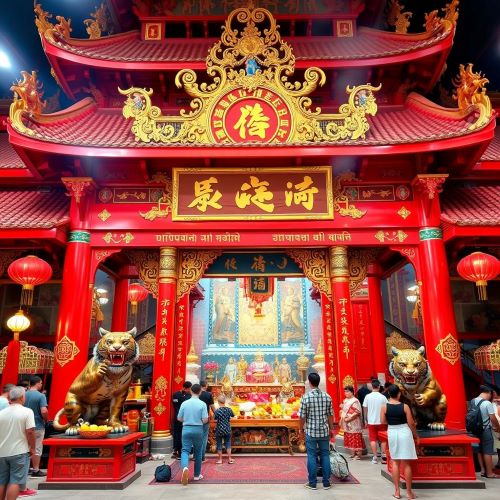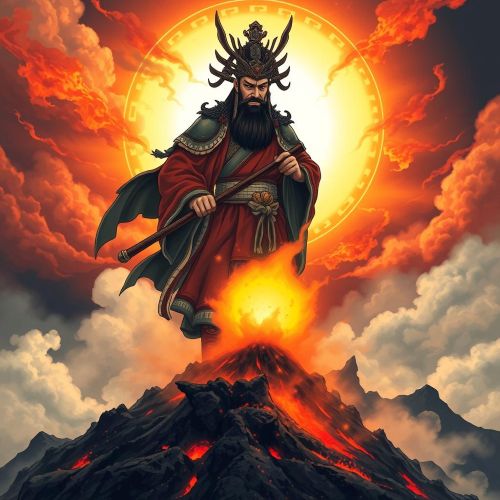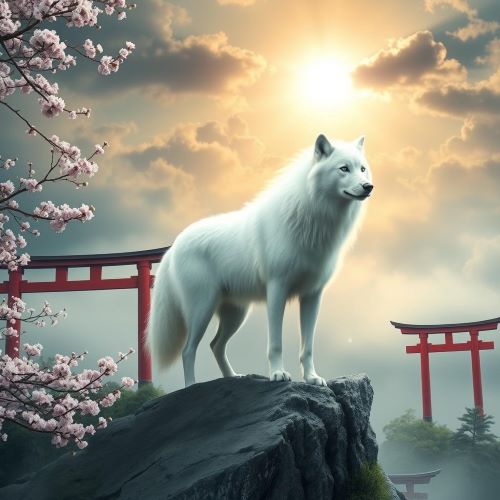The Significance of the Shinto Shrine Gate: A Look into Torii Gates
Standing tall and vibrant against the Japanese landscape, the Shinto shrine gate is an iconic symbol recognized worldwide. But beyond its visual appeal lies a deep spiritual significance woven into the fabric of Japanese mythology and Shinto belief. Let’s delve into the world of torii gates, exploring their history, symbolism, and the profound role they play in Shinto tradition.
A Gateway Between Worlds: The Shinto Shrine Gate’s Origins
The exact origins of torii gates remain shrouded in some mystery. Some theories suggest a connection to ancient gateway structures found in China and Korea. Others point towards a link with the torana, a gateway element seen in Buddhist architecture. However, the torii gate’s unique form and integration into Shinto practice solidified its place as a symbol specific to Japanese mythology and religion.
Shinto, meaning “the way of the gods,” is an indigenous religion of Japan. It revolves around the veneration of kami, spirits that are believed to inhabit all aspects of nature. Shinto shrines serve as sacred spaces where humans can connect with these kami. The Shinto shrine gate, strategically placed at the shrine’s entrance, acts as a symbolic threshold, marking the transition from the secular world into the sacred realm of the kami.
The Architecture of the Sacred: Decoding the Symbolism of Shinto Shrine Gates
The seemingly simple design of a torii gate holds layers of meaning. Traditionally constructed from wood, the two main posts represent the separation between the human and divine realms. The lintel, a horizontal beam resting on the posts, signifies the passageway for entering the sacred space. A smaller, secondary beam positioned above the lintel is believed to represent the heavenly realm above.
The vibrant red color, often associated with torii gates, is far from coincidental. In Shinto mythology, red possesses the power to ward off evil spirits and attract the kami’s attention. This symbolic color choice reinforces the gate’s role as a protector and a bridge between human and divine realms.
Variations in torii gate styles exist throughout Japan. Some Shinto shrines feature the most common, simple “shinmei-torii” gate with straight posts and two beams. Others showcase the “ryobu-torii” style, which incorporates a slightly curved roof, influenced by Buddhist architecture. Specific locations may have their own unique torii gate designs, adding a layer of cultural and regional diversity.
A Journey of Purification: The Ritual Significance of Shinto Shrine Gates
Passing through a torii gate is not merely a physical act; it signifies a spiritual transition. Shinto practitioners often bow before entering the gate, acknowledging their passage into the sacred space and expressing respect for the kami. This act of bowing is seen as a form of purification, leaving behind worldly concerns and preparing oneself for a sacred encounter.
The path leading from the torii gate to the main shrine building, often lined with gravel or lined with trees, is known as the sando. Walking this path is considered a further stage in the purification process, allowing one to shed the distractions of the everyday world and focus on connecting with the kami.
Beyond the Shrine: The Expanding Role of Shinto Shrine Gates
While primarily associated with Shinto shrines, torii gates can also be found in other contexts. They mark the entrances to sacred mountains, natural features revered in Shinto beliefs, and stand before the tombs of emperors, reflecting their connection to the divine.
Some gates stand alone, serving as a symbolic reminder of a Shinto shrine that once existed in that location. These stand as silent testaments to the enduring power of the torii gate as a symbol of Shinto mythology and tradition.
A Legacy in Stone and Wood: The Enduring Presence of the Shinto Shrine Gate
The Shinto shrine gate is more than just architectural elements; they are powerful visual representations of core Shinto beliefs. They stand as testaments to the interconnectedness of the human and divine realms, serving as both a gateway and a guardian for the sacred spaces they mark.
As you encounter a torii gate on your travels in Japan, take a moment to appreciate its profound significance. It is an invitation to pause, reflect, and perhaps even bow in respect for the rich tapestry of Shinto mythology and the enduring traditions it represents.
No posts were found.









